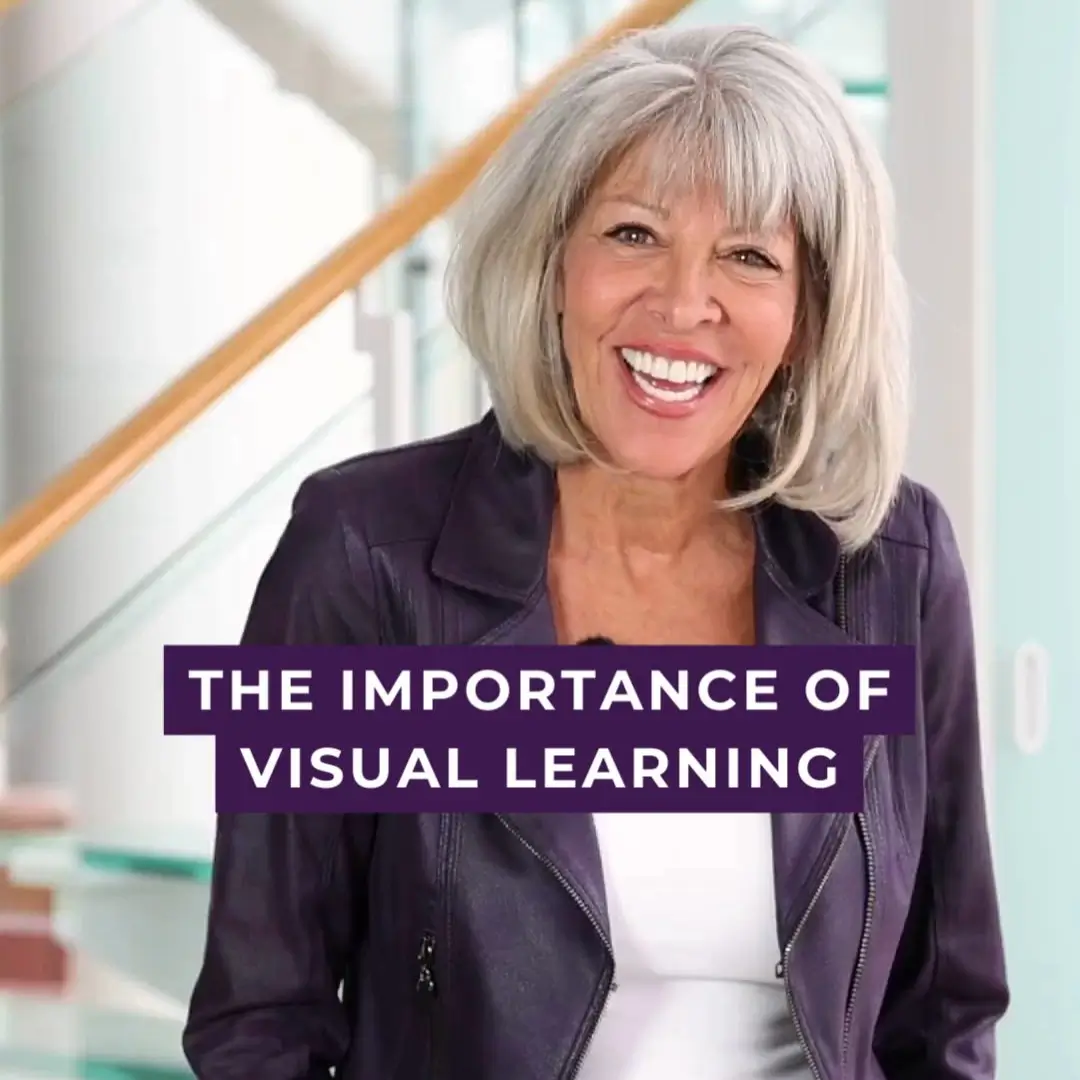Visual learning is a valuable and effective method of processing information that relies on visual aids, such as diagrams, charts, images, and videos, to enhance understanding and retention. Here are some reasons why visual learning is important:
- Enhanced comprehension: Visuals provide a visual representation of concepts and information, making it easier for learners to understand complex ideas, relationships, and patterns. They can simplify abstract or complicated topics and facilitate better comprehension.
- Memory retention: Visuals engage the brain in a different way than text alone, leading to improved memory retention. Visual cues help learners create mental associations, which can aid in recalling information later on.
- Improved learning outcomes: Studies have shown that visual learning can enhance learning outcomes. When information is presented visually, learners are more likely to grasp and remember the material, leading to better performance on tests and assignments.
- Accessibility and inclusivity: Visuals can make learning more accessible and inclusive for diverse learners. They can benefit individuals with different learning styles, such as visual learners who prefer visual stimuli over text-heavy materials.
- Communication and engagement: Visuals can be powerful tools for communication, particularly when language barriers exist or when trying to convey complex concepts. They can capture attention, stimulate curiosity, and foster engagement in both educational and professional settings.
Visual learning plays a significant role in dentistry education and practice. Here are some aspects of visual learning in dentistry:
- Anatomy and Oral Structures: Visual aids such as detailed diagrams, 3D models, and interactive digital tools are commonly used to teach and learn about the complex anatomy of the oral cavity, including teeth, gums, jawbones, and related structures. These visuals help dental students and professionals understand the spatial relationships and functions of different oral components.
- Radiographic Interpretation: Visual learning is crucial for interpreting dental radiographs (X-rays). Students are trained to analyze and interpret various dental radiographic images to identify oral health issues, such as tooth decay, gum disease, and impacted teeth. Visual cues are essential in developing the necessary skills to make accurate diagnoses.
- Dental Procedures: Visual learning is vital in teaching and practicing dental procedures. Demonstrations, videos, and step-by-step illustrations help dental students and practitioners understand the techniques and nuances of different procedures like tooth extraction, filling placement, root canal treatment, and more. Visual aids assist in comprehending the necessary tools, materials, and proper dental techniques.
- Case Presentations and Treatment Planning: Visuals, such as intraoral photographs, radiographs, and digital scans, aid in presenting cases to patients. These visuals help patients visualize their oral health conditions, understand the treatment options, and make informed decisions about their dental care.
- Continuing Education: Visual learning is an essential component of dental professionals’ lifelong learning. Continuing education courses often include visual presentations, interactive modules, and case studies to update dentists on the latest research, technologies, and techniques in dentistry.
Visual learning in dentistry facilitates a comprehensive understanding of oral health concepts, improves clinical skills, enhances patient communication, and supports professional development in the field. By incorporating visual elements into your communication with your patients, there is a faster connection in understanding the prognosis or and a treatment plan which will be enhanced by the benefits of visual learning and create more engaging and effective communication environments.
- Retention: Studies have shown that visuals can enhance retention and recall of information. For example, one by Visual Tech Intelligence found that participants retained 65% of information when presented with visuals, compared to only 10% when information was presented orally.
- Learning preferences: Visual learning is a common preference among individuals. Research suggests that approximately 65% of the population consists of visual learners to some extent.
Visual learning is a valuable and effective method of processing information for your practice contact is at 1-800-345-5157 or email info@tcgdds.com for practice management success in your practice.

